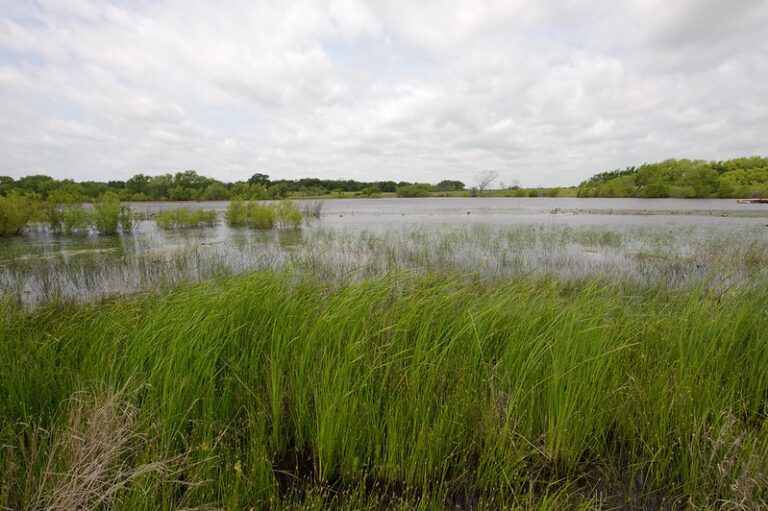A Supreme Court ruling leaves large swaths with widely varying oversight.
Photo: Tens of millions of acres of wetlands are no longer protected by the Clean Water Act after a U.S. Supreme Court ruling last month. Some states are seeking to enact their own regulations to fill the gap, while others see the decision as an opportunity to roll back state standards. U.S. Department of Agriculture Natural Resources Conservation Service/Flickr
States’ to-do lists just got a little longer: Decide how — or whether — to oversee building, planting and water quality in some wetland areas.
Last month, a U.S. Supreme Court decision struck down federal protections for wetlands covering tens of millions of acres across the country, leaving no regulation of those areas in nearly half the states.
The court’s narrowing of the Clean Water Act has left some states scrambling to enact their own safeguards and others questioning whether their regulators can handle the workload without their federal partners.
Other states, though, see the loss of federal oversight as an opportunity to roll back corresponding state laws at the behest of developers and farmers, who argue such regulations are overly burdensome.
“State protections are not all the same,” said
Jim McElfish, senior research and policy adviser with the Environmental Law Institute. “It’s going to be up to the states to fill the gap, and they might act very quickly. It’s really going to be up to what the legislatures want to do.”
An analysis conducted by the institute found that 24 states have no state-level regulations for the wetlands that now lack federal oversight. Some, including Colorado, are looking to put such protections on the books.
Seven states, the analysis found, provide limited coverage of those waters, although lawmakers in North Carolina are seeking to block state regulators from taking control.
And in the 19 states with broad wetlands protections, environmental regulators worry that they don’t have the capacity to uphold state laws without the federal partnerships that had been crucial to permitting and environmental analyses.
‘States are going to need to step up’
The court’s ruling found that the U.S. Environmental Protection Agency improperly claimed authority over an Idaho couple’s effort to build a house on their property. The decision limits the scope of wetlands covered by the Clean Water Act to those with a continuous surface connection to a larger body of water. It also cut protections for “ephemeral” streams that only flow seasonally.
More than half of the country’s 118 million acres of wetlands could be stripped from federal oversight, estimates Earthjustice, an environmental legal group. Advocates say the ruling ignores the fact that […]
Full article: stateline.org

